14 Free Predatory Animal transparent PNG images
Discover our extensive collection of 14 free AI-generated predatory animal images. This curated gallery showcases a diverse range of fierce hunters from the animal kingdom, rendered in various formats including stunning stock photos, detailed 3D objects, scalable vectors, and artistic illustrations. Each high-resolution image is available for free download, and our innovative 'open in editor' feature allows you to modify the original prompt to generate your perfect variation of these magnificent predators.
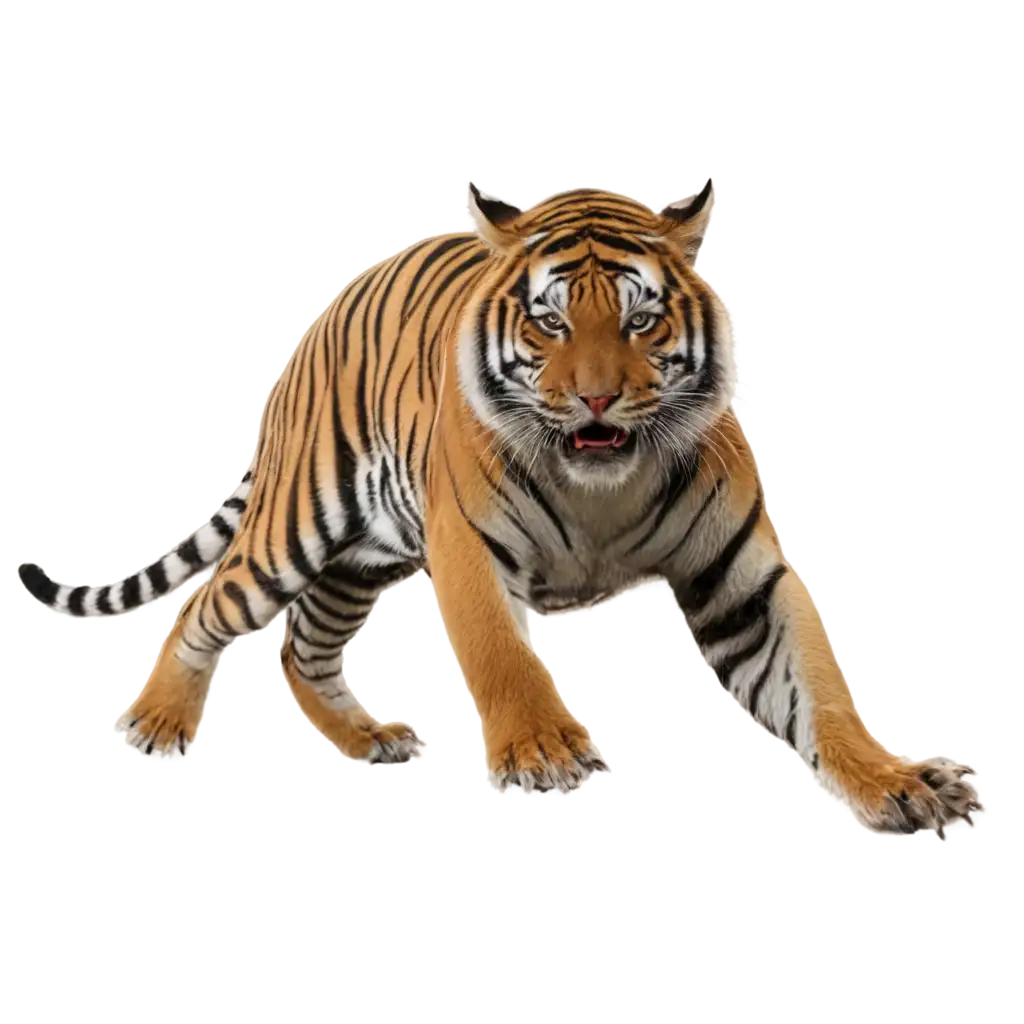
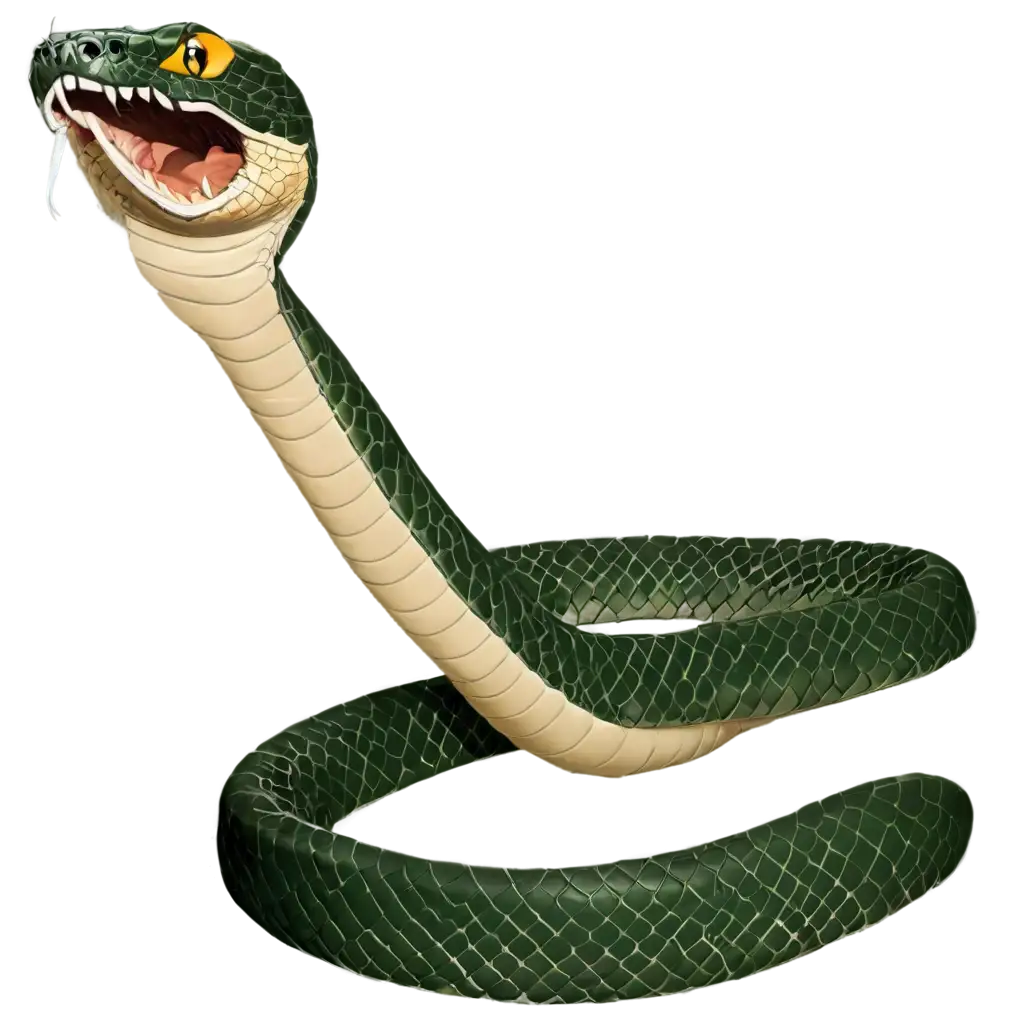
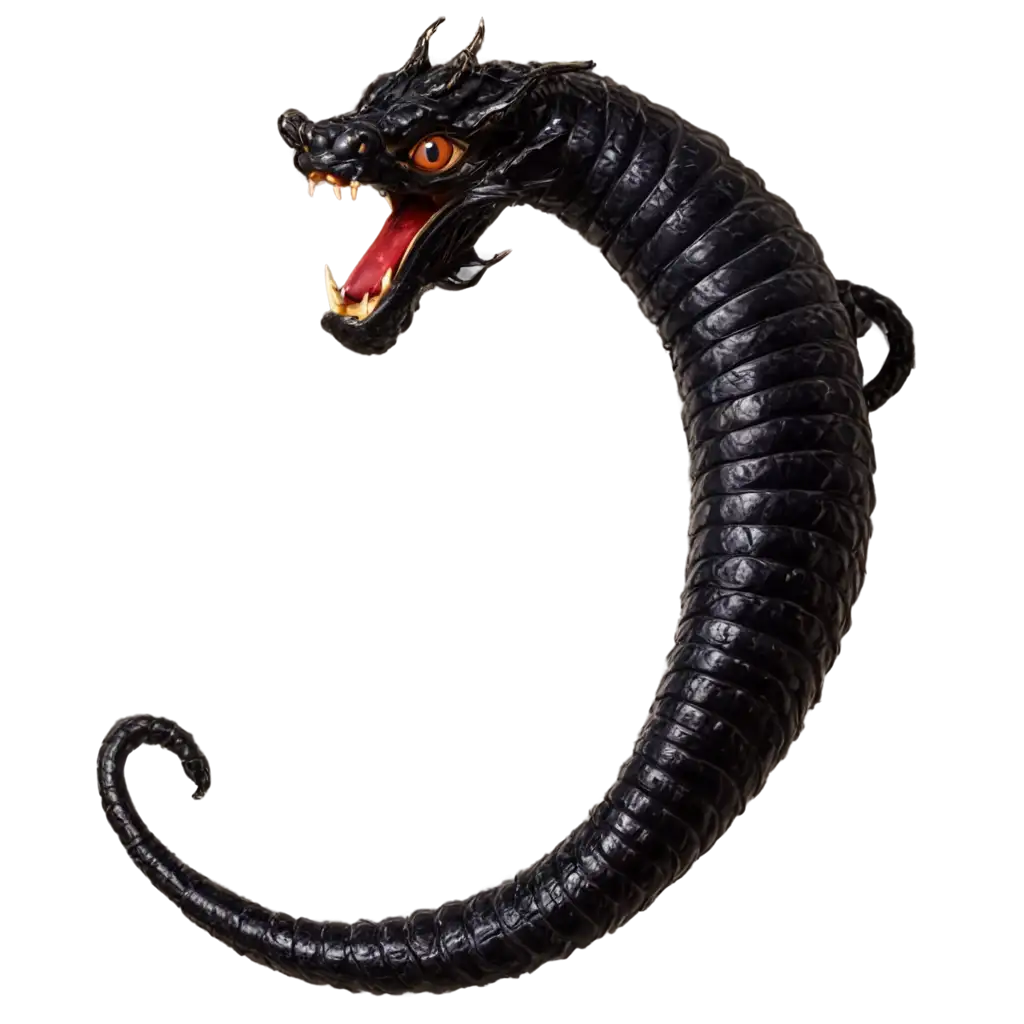
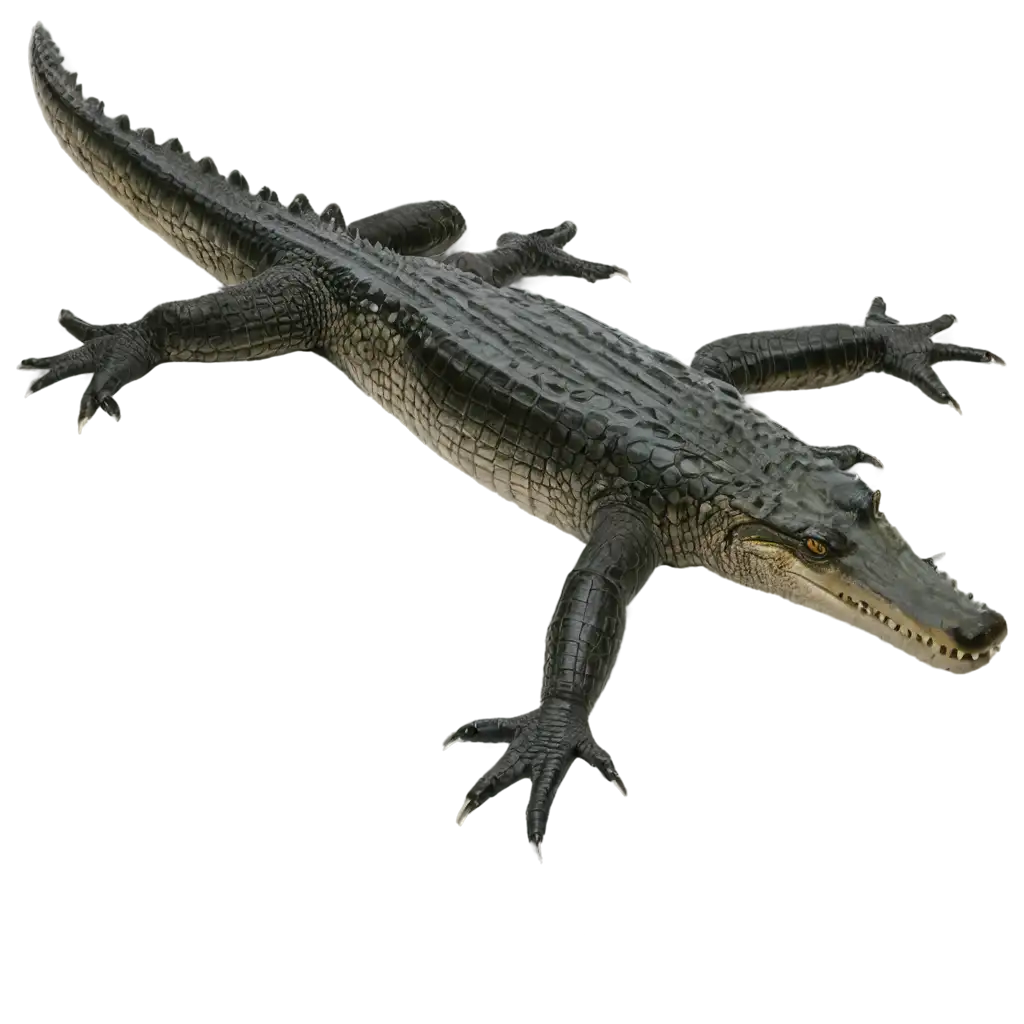
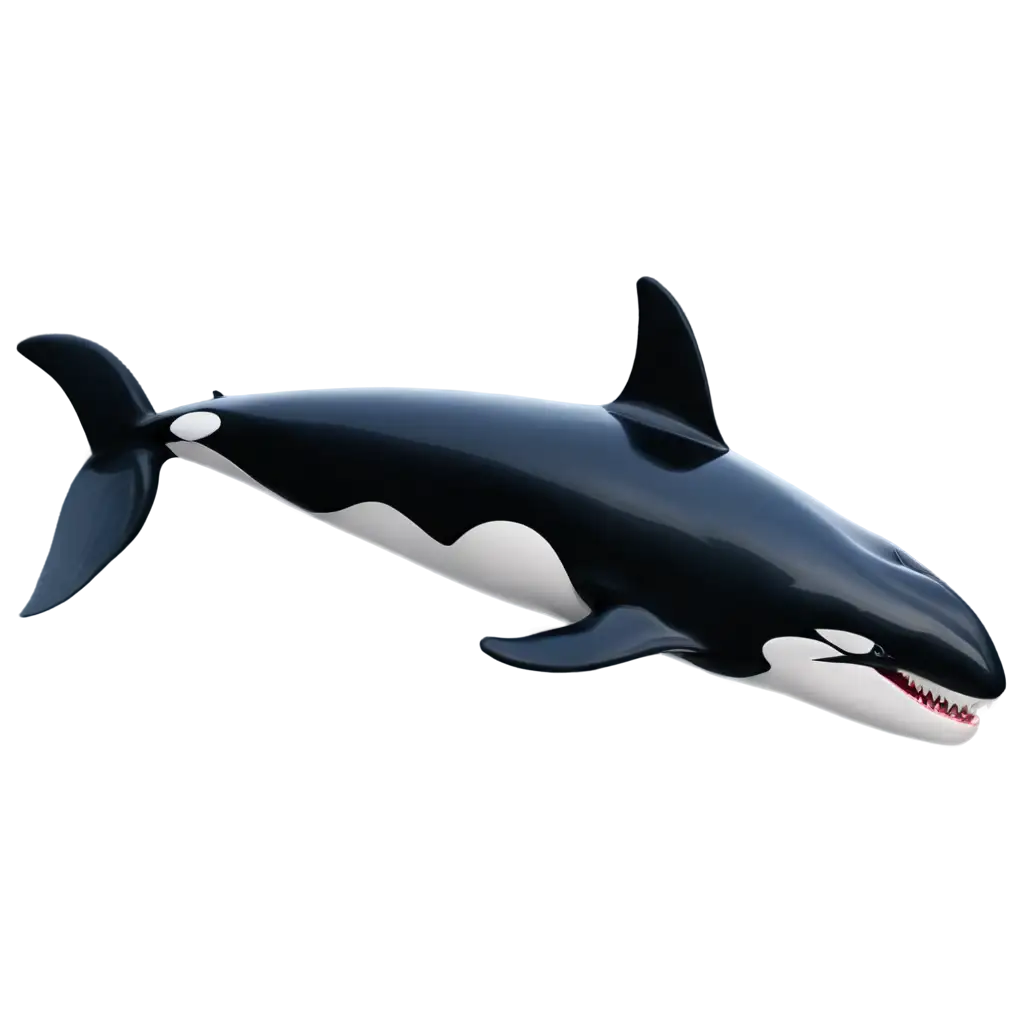
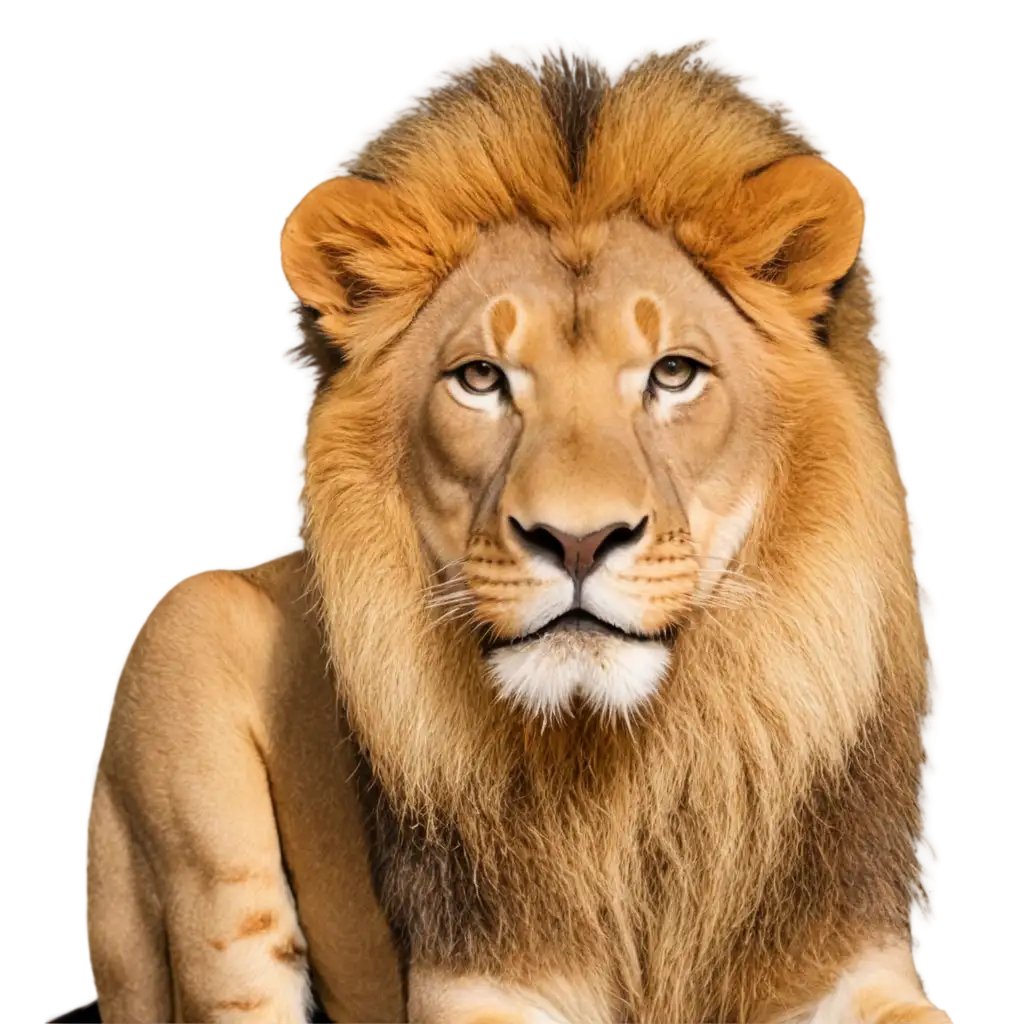
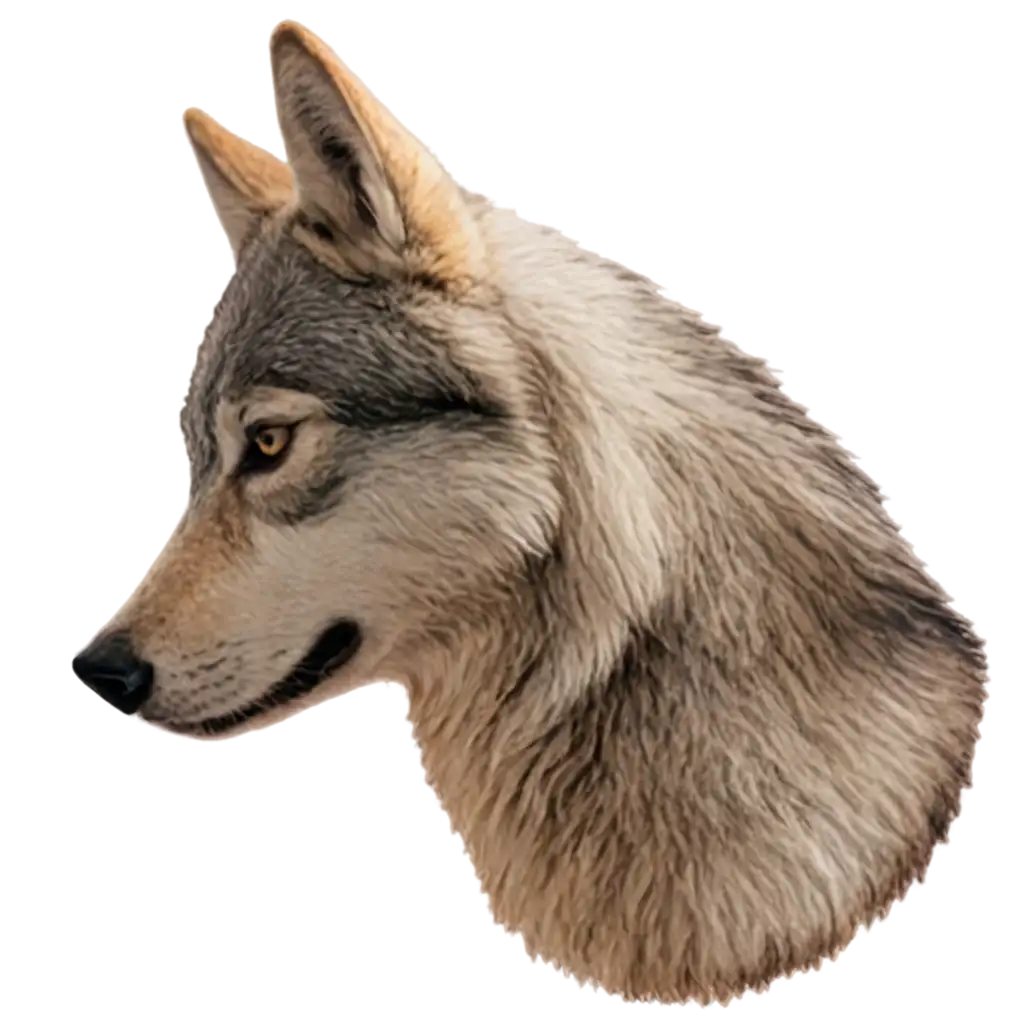
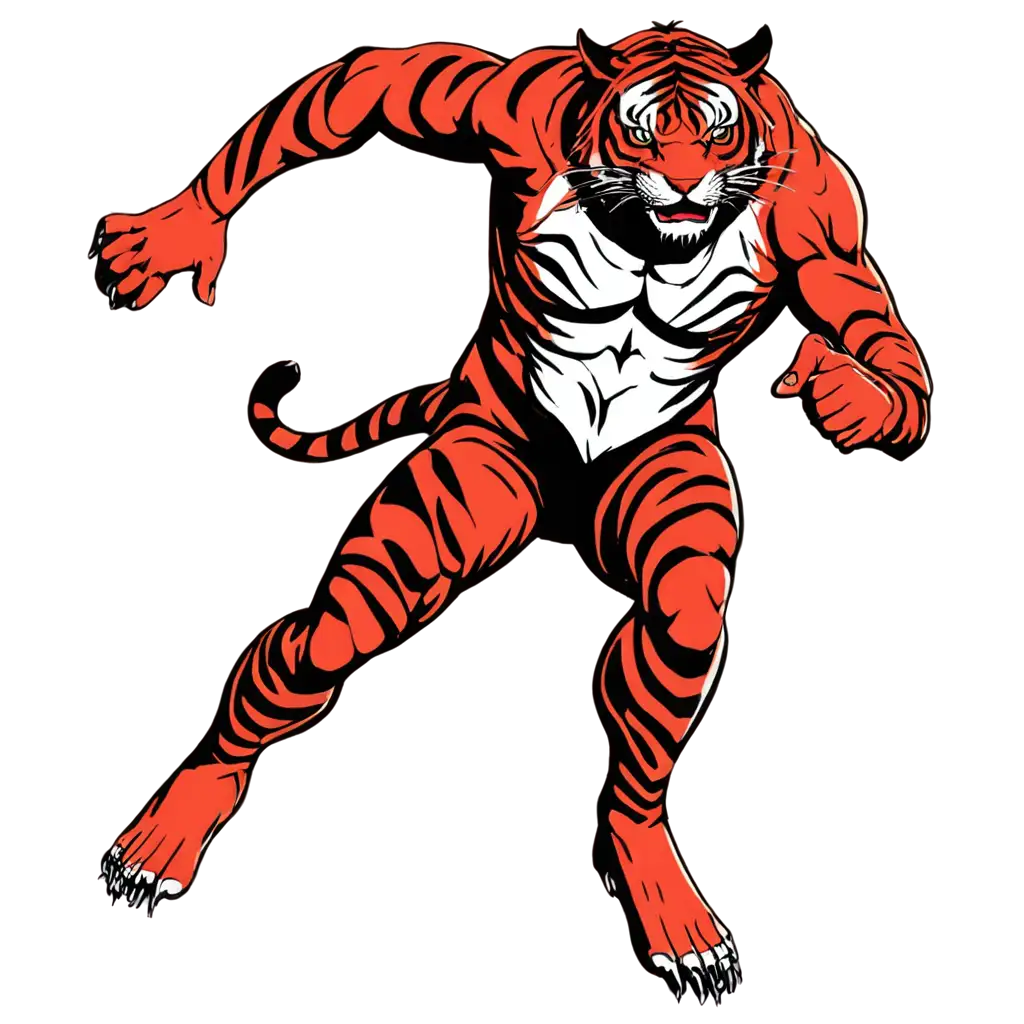
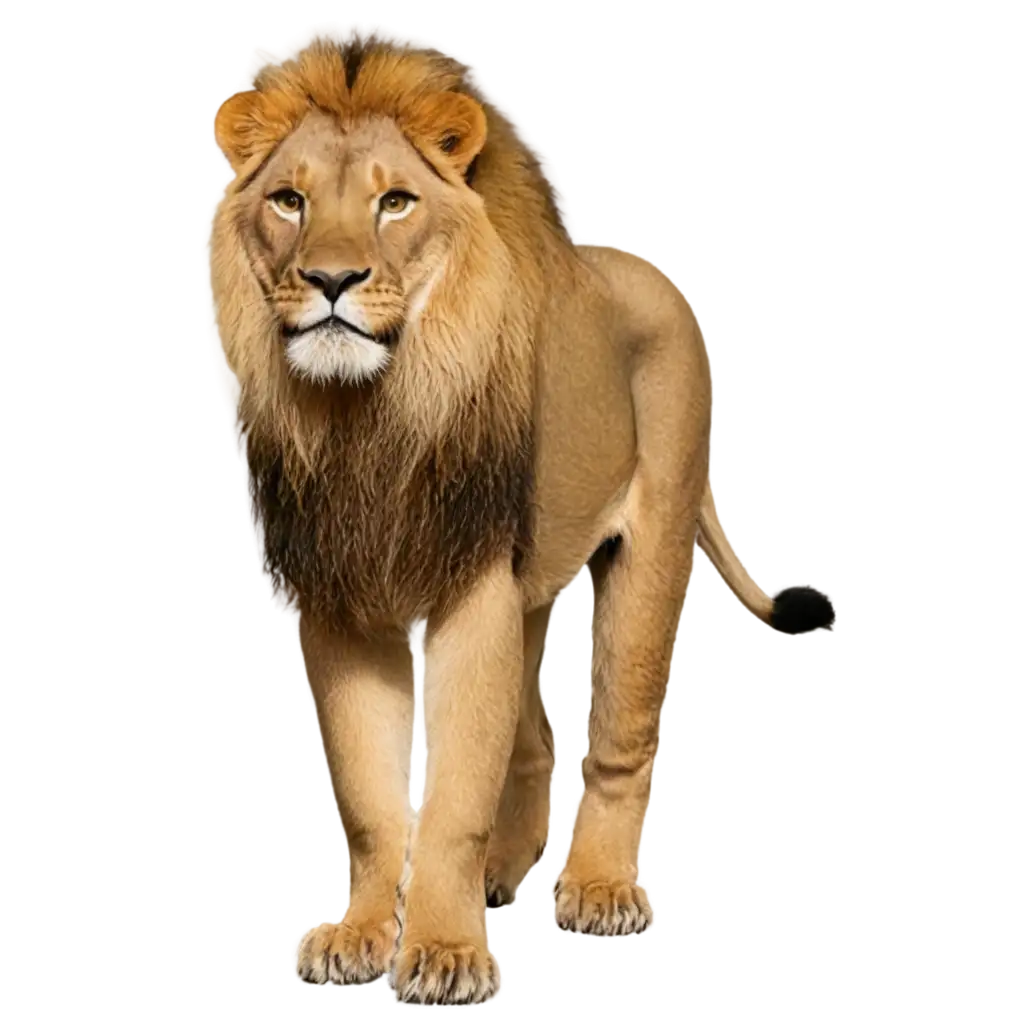

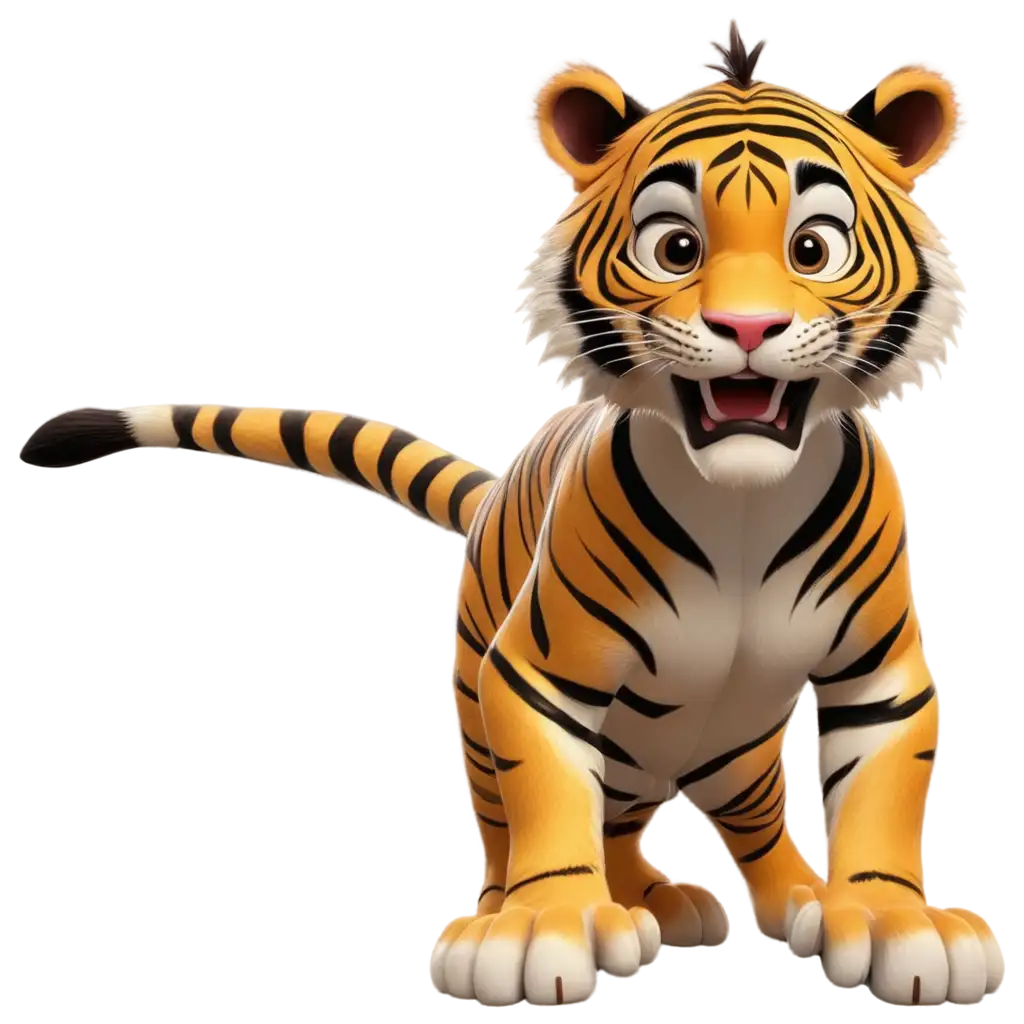
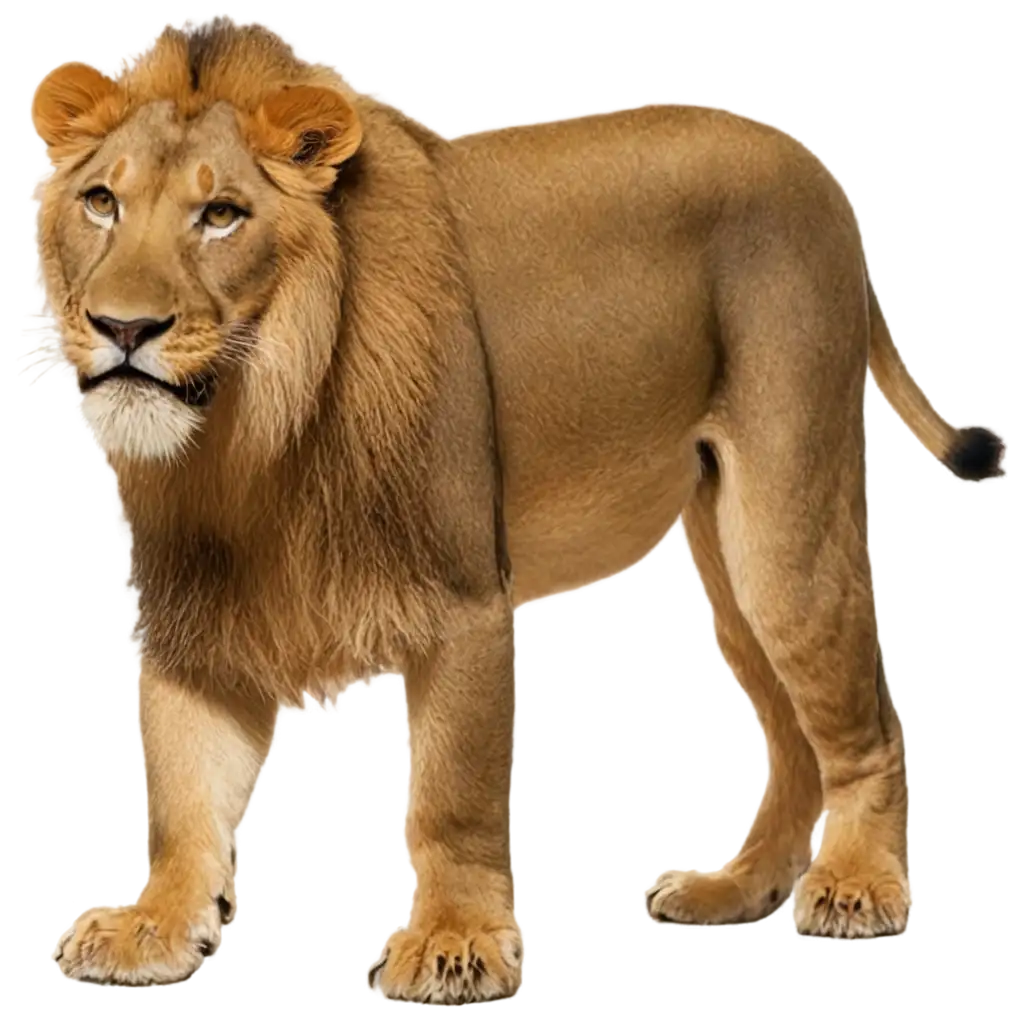
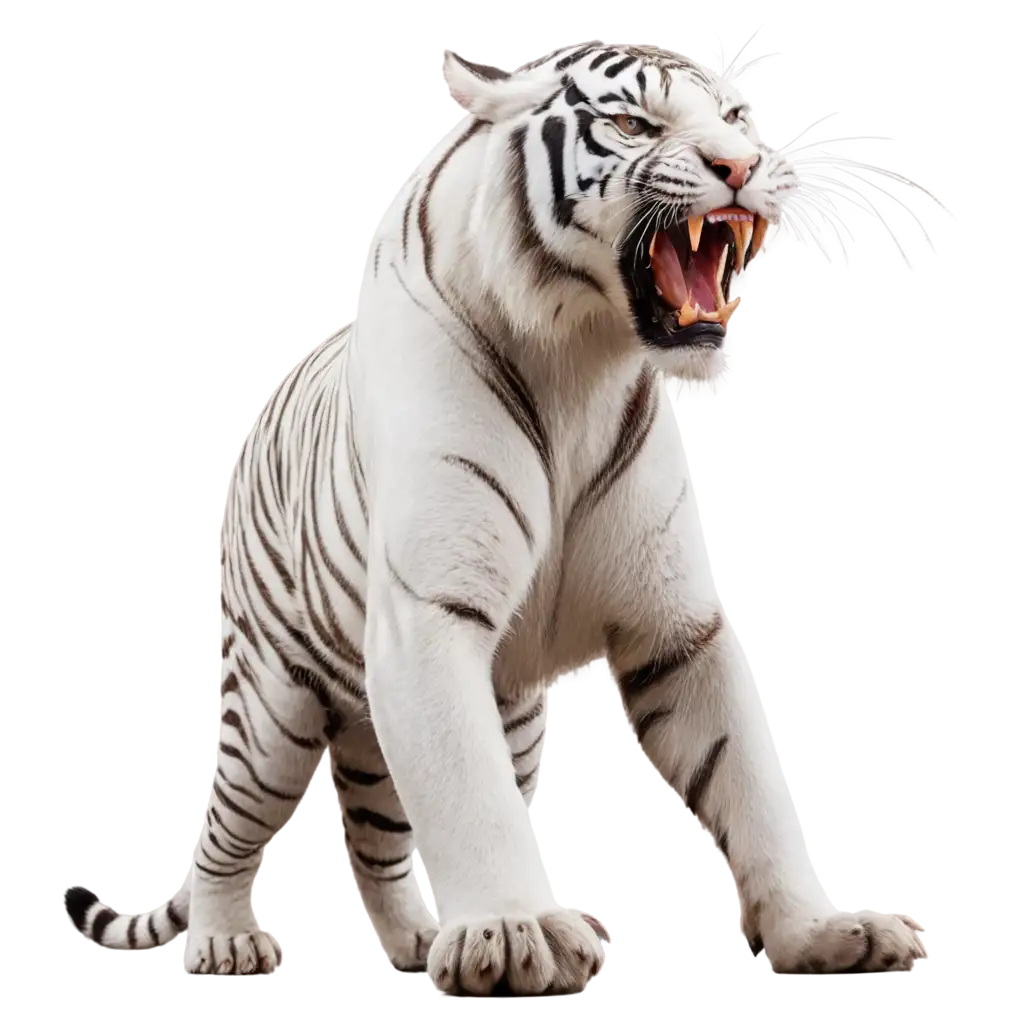
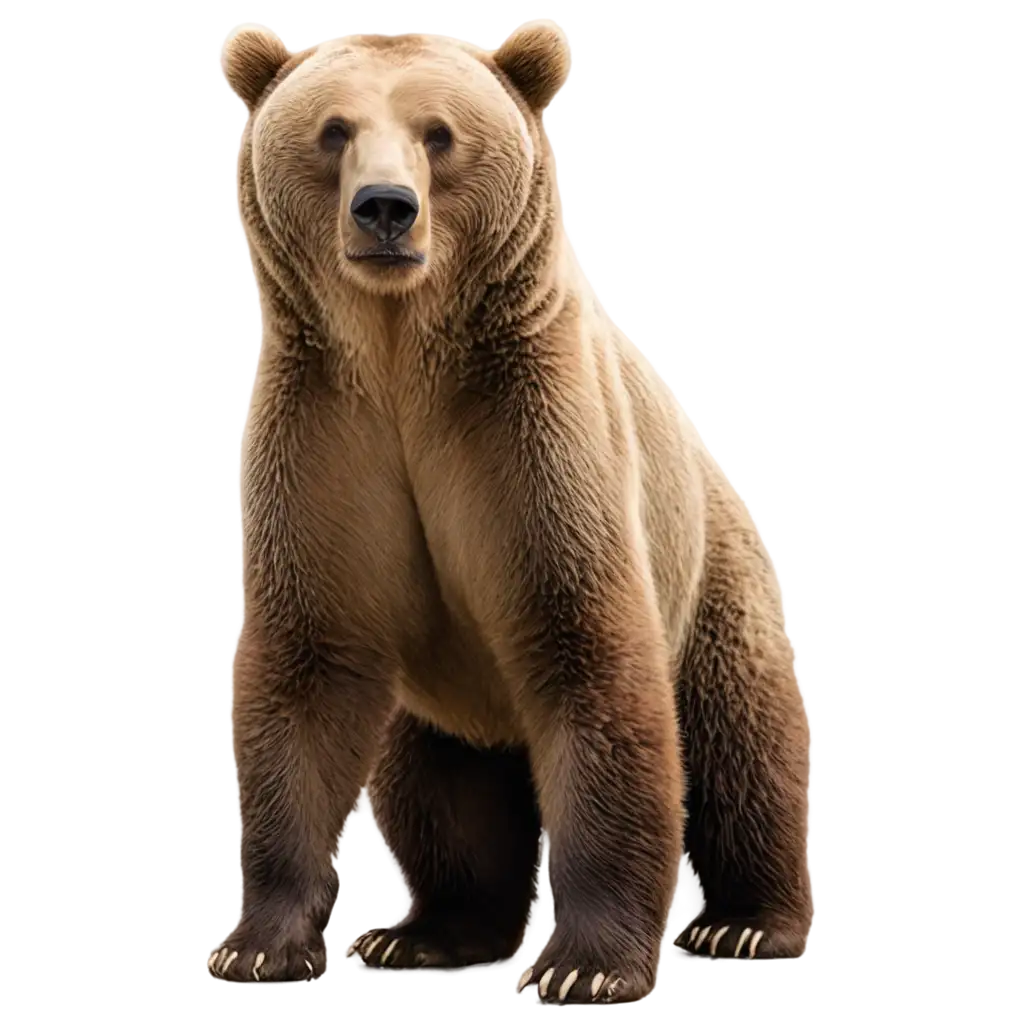
Related Tags
AI technology has revolutionized how we capture and create images of predatory animals, offering unprecedented detail and accuracy in depicting these magnificent creatures. Modern AI models excel at rendering the muscular structure, fur textures, and intense gazes characteristic of predators. This advancement allows for the creation of highly detailed images showing predators in various poses and environments, from hunting scenes to intimate close-ups, while maintaining anatomical accuracy and natural behavior patterns. The AI's ability to combine reference data from thousands of real wildlife photographs results in stunningly realistic representations that would be nearly impossible to capture in the wild.
Capturing the Power and Grace of Predatory Animals Through AI
AI-generated predatory animal images serve diverse purposes across multiple industries. In educational materials, these images help students understand predator-prey relationships and ecosystem dynamics without the need for dangerous wildlife photography. Conservation organizations utilize these visuals for awareness campaigns, while game developers and animation studios incorporate them into entertainment products. The advertising industry frequently uses these images to convey power, speed, and precision in brand messaging. The availability of various formats – from photorealistic renders to stylized illustrations – makes these assets versatile for both print and digital media, meeting the needs of graphic designers, publishers, and content creators.
From Digital Pixels to Wild Habitats: Applications of Predatory Animal Images
Successfully generating predatory animal images through AI requires understanding both the technical aspects of prompt engineering and the natural characteristics of these animals. Key considerations include specifying the animal's pose (stalking, running, or resting), environment (natural habitat or studio setting), lighting conditions (dawn, dusk, or dramatic spotlight), and artistic style (photorealistic, illustrated, or abstract). Advanced techniques involve combining multiple predatory species, creating fantasy variations, or placing these animals in unusual contexts while maintaining anatomical accuracy. The 'open in editor' feature allows users to refine these elements, adjusting parameters like facial expressions, muscle definition, and environmental details to achieve the desired impact.
Creating Compelling Predatory Animal Art with AI Tools
The field of AI-generated predatory animal imagery continues to evolve rapidly. Emerging trends include the development of more sophisticated motion-based renders, allowing for the creation of dynamic hunting sequences and behavioral studies. Advanced AI models are becoming increasingly capable of generating anatomically accurate cross-sections and skeletal structures, valuable for scientific illustration and educational content. We're also seeing a rise in the integration of environmental conservation messages within these images, highlighting the delicate balance between predators and their ecosystems. As AI technology advances, we can expect even more photorealistic textures, more accurate behavioral depictions, and the ability to generate complete predator-prey interaction scenarios.
Future Trends in AI-Generated Wildlife Imagery